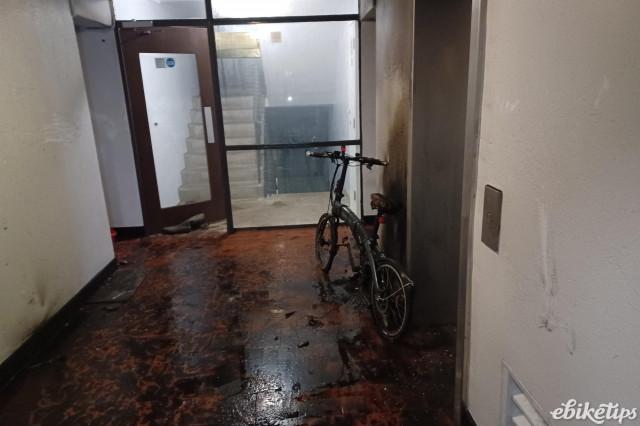Surely cells with increased risk of fire wouldn't be knowingly sold... or am I wrong to assume that?
They are, since the defects that lead to a cell under performing are intrinsically often a fire risk. The problem is that it is extremely difficult to produce consistently perfect lithium cells so there is a high reject rate.
Take Tesla's current nightmare. They are at the top of the e-car market because they are the highest performing, fastest accelerating with highest top speeds, but still with long range. But they can only do that by using the very best cells possible pushed to their limits, so on a knife edge.
Their cars started out using the same sort of small 18640 cells we have in our pedelecs, over 6000 of them so the risk of a faulty one included and causing a fire is high. The answer of course is bigger cells and less of them, so we now have the larger 21700 and even larger 4680 cells. But the industry found making them even more difficult so Tesla suffered from sub standard deliveries.
Their answer was to set up their own cells manufacturing to have tighter quality control, but despite every effort they've hit the same problems so aren't able to produce sufficient high grade cells to maintain car enough deliveries to meet orders.
So they've had to step back in time and send out their popular Model 3 and Model Y cars fitted with 7800 of the little 18640 cells in each car. Personally I wouldn't consider one, given it takes just one faulty cell to send the car up in flames and there's 7800 chances of having such a cell, that's too close to lottery odds of losing.
Currently Panasonic are setting up a 4680 cell production facility in Japan in the hope of being successful enough, knowing that Tesla would bite their hand off to have them in quantity.
The bottom line is that large, high capacity lithium cells probably should never have been on the market, since from the outset customers have been guinea pigs and still are. But the trouble is that they are so much better than Lead-Acid or Nickel Metal Hydride that it was impossible to resist taking the risk for the benefit.
.












